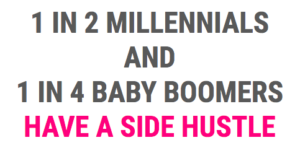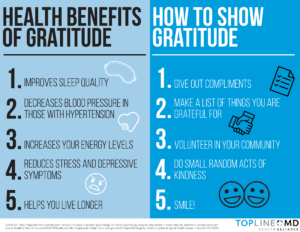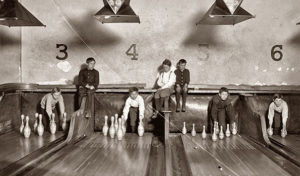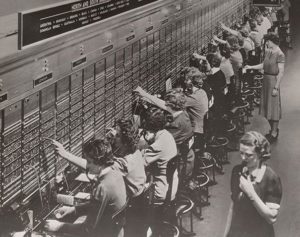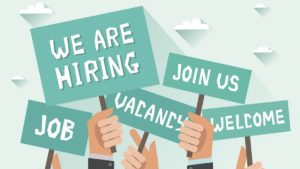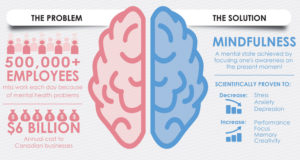Power Skills: Self- Care & Wellness

If we could truly enact our super powers to save the world in this Pandemic the evidence is clear; Social Distancing is Top Priority. Sounds easy right? We are not so certain; after the first week of Netflix, Clorox Deep Cleaning, Hand washing fatigue, home cooking and yet another trivia game from your aunt on Facebook we suspect Social Distancing comes with a psychological fallout. Experts warn prolonged isolation during the pandemic may worsen or trigger mental health problems. Covid-19 universally boils down to Uncertainty, Unpredictability and CHANGE; and we know that Change especially when it’s unsubscribed can mean Stress!
While being Socially Distant Super Hero’s Self Care and Wellness need to be Job #1. We know Stress can be made worse if we aren’t taking care of ourselves. Now’s the time to lean on social supports, try to get enough sleep, eat healthy, exercise and engage in enjoyable activities. Self care can no longer be a destination that we are constantly putting on our To-Do list, in these coming days its a matter of public service that we keep grounded and well!
Our hope is that you can access the tools and resources to self manage many aspects of your health and wellness so that you can continue to work or return to work, sharp and well. With the time to Amp up our mental health, Check out this easy to use and FREE guide from Peak Performance.
I know what your thinking… Self care and staying Calm sounds a little easier than it truly is. That’s why we have these additional resources and are happy to share them with you.
Canadian Mental Health Association


